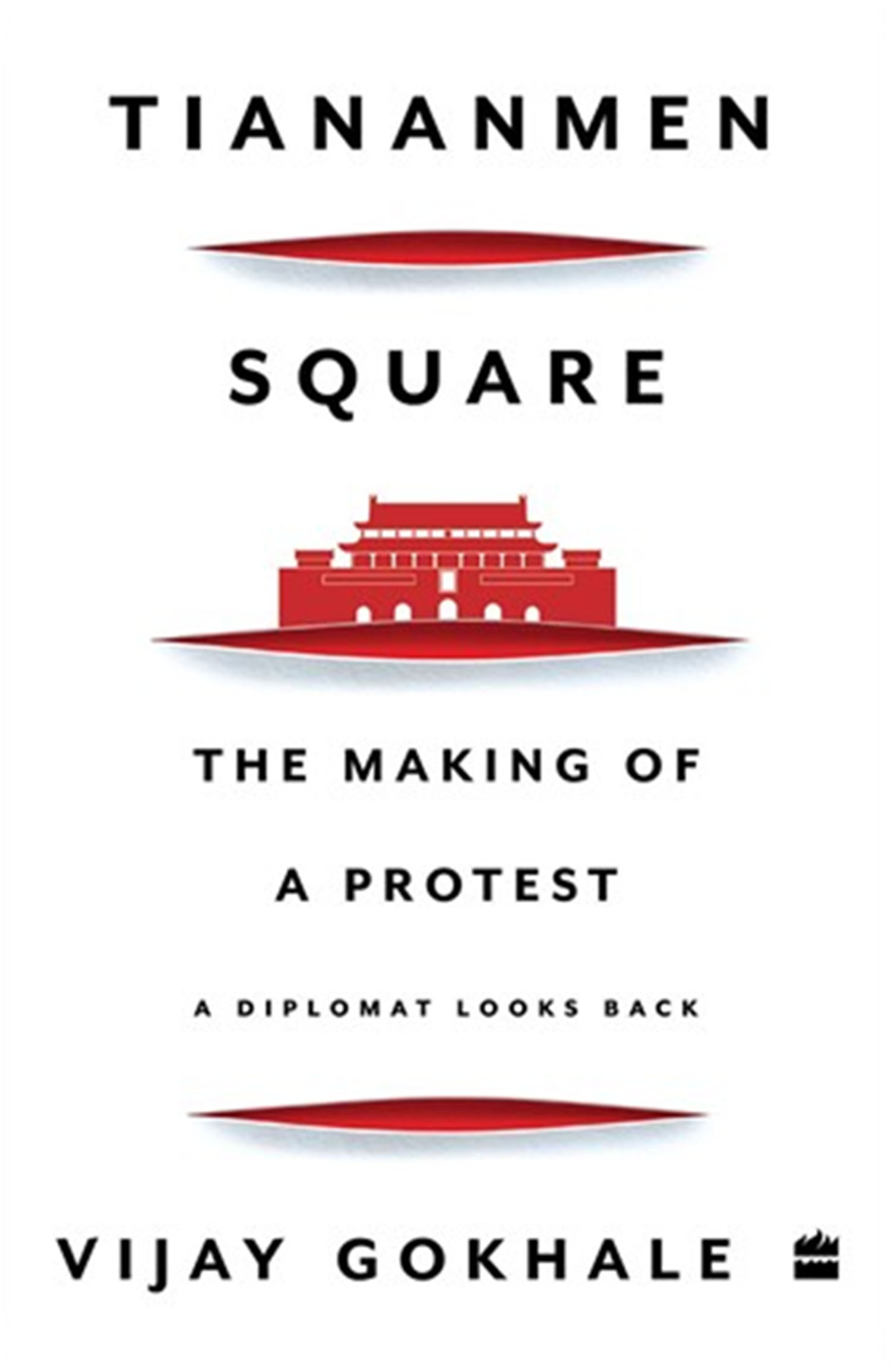In school, I had always noticed ‘China (Tibet)’ or ‘Tibet (China)’ on maps showing India’s borders and wondered why no one talked about it, why the fuss was always about Pakistan. And in those days there really were not too many places to go looking for information either. So when the ‘Tiananmen Incident’ of June 4, 1989 happened in China and was reported as a massacre of student protestors in our local daily, it made an impression on my young mind, one which stayed with me. Over a dozen years later, I would seek to explore in detail the causes of the protests in an MPhil dissertation in Chinese Studies at the Jawaharlal Nehru University in New Delhi.
For someone who at the time had to depend entirely on western and Chinese sources to study the Tiananmen protests—its causes, its lead actors, its implications and, indeed, what really happened—it is a particular thrill to actually see in print an Indian recollection and view of that seminal event in modern Chinese history. And what is more, it offers an important alternative reading of those events. For this last reason alone, this book is worth its weight in gold and ought to remind Indian analysts of the importance of their jobs trying to study and analyse China from their own distinctive vantage points as Indian citizens. This is not a call to parochialism, of course, but to underline the value of the Indian experience in studying China, and in formulating a better understanding of that country’s intentions and trajectory, and the steps required to deal with it.

